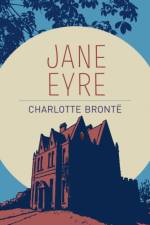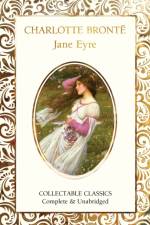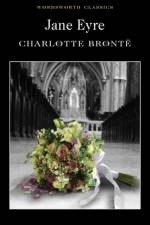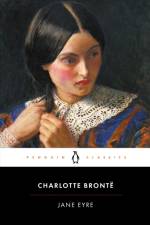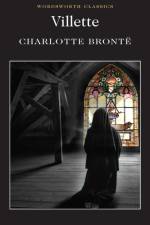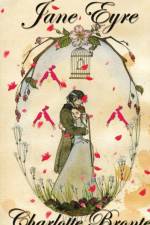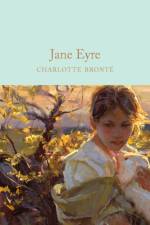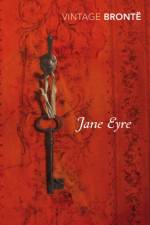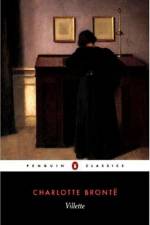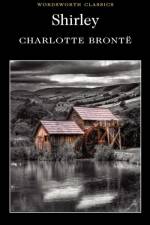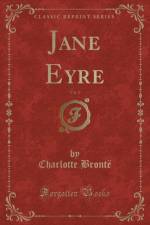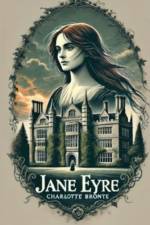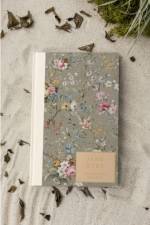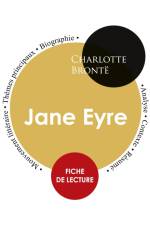av Charlotte Bronte
189,-
One of the most enduring and beloved novels in history, Jane Eyre continues to captivate readers in this gorgeously designed volume. Orphaned as a child and forced to live with her cruel aunt, Jane endures many hardships in her childhood, including her early days at the Lowood School. Relying on her strength and intellect, Jane goes on to become a governess to the children of the handsome Mr. Rochester. Jane falls deeply in love with the mysterious and moody Mr. Rochester, but the dark secrets of Rochester’s past and outside influence threaten to swallow their budding romance. In this seminal gothic romance, Jane must choose between her fast-held principles and the only love she has ever known. Features include:An embossed-foil coverUnabridged textStunning designAn ideal gift for any bibliophile, this beautiful edition is sure to become a favorite in any collection.Essential volumes for the shelves of every classic literature lover, Chartwell Deluxe Editions offer beautifully presented works from some of the most important authors in literary history. Other deluxe classics from Chartwell include Alice’s Adventures in Wonderland, Anne of Green Gables, Dracula, Emma, The Essential Tales and Poems of Edgar Allan Poe, The Iliad, Inferno, Irish Fairy and Folk Tales, The Legend of Sleepy Hollow, Little Women, Meditations, Moby Dick, Phantom of the Opera, Pride and Prejudice, The Odyssey, and The Republic.



